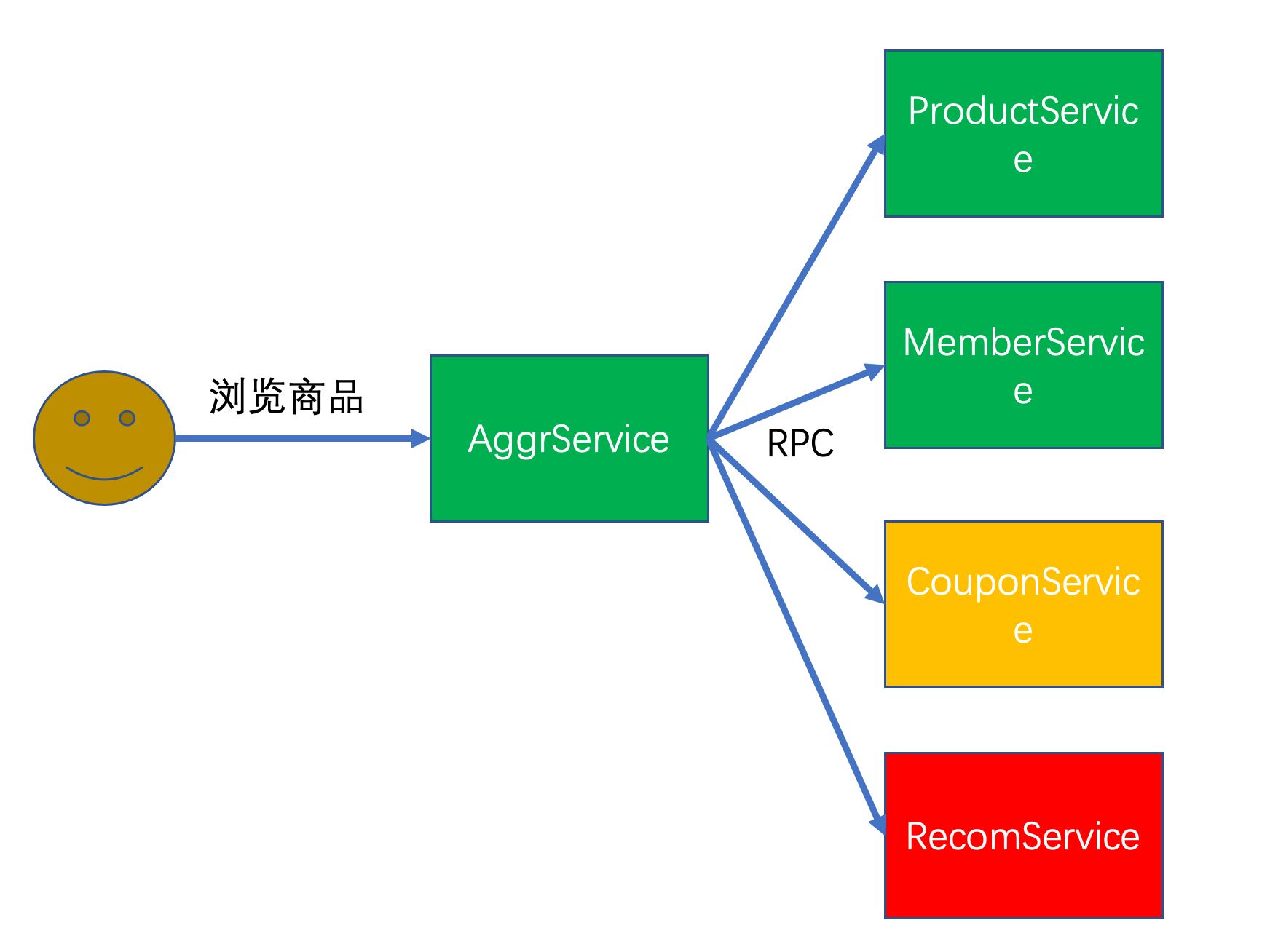有了上篇的基本了解,可以翻阅源码了
涉及的数据结构
// Go/src/runtime/chan.go
type hchan struct {
qcount uint // total data in the queue
dataqsiz uint // size of the circular queue
buf unsafe.Pointer // points to an array of dataqsiz elements
elemsize uint16
closed uint32
elemtype *_type // element type
sendx uint // send index
recvx uint // receive index
recvq waitq // list of recv waiters
sendq waitq // list of send waiters
// lock protects all fields in hchan, as well as several
// fields in sudogs blocked on this channel.
//
// Do not change another G's status while holding this lock
// (in particular, do not ready a G), as this can deadlock
// with stack shrinking.
lock mutex
}
type waitq struct {
first *sudog
last *sudog
}
// sudog represents a g in a wait list, such as for sending/receiving
// on a channel.
//
// sudog is necessary because the g ↔ synchronization object relation
// is many-to-many. A g can be on many wait lists, so there may be
// many sudogs for one g; and many gs may be waiting on the same
// synchronization object, so there may be many sudogs for one object.
//
// sudogs are allocated from a special pool. Use acquireSudog and
// releaseSudog to allocate and free them.
type sudog struct {
// The following fields are protected by the hchan.lock of the
// channel this sudog is blocking on. shrinkstack depends on
// this for sudogs involved in channel ops.
g *g
// isSelect indicates g is participating in a select, so
// g.selectDone must be CAS'd to win the wake-up race.
isSelect bool
next *sudog
prev *sudog
elem unsafe.Pointer // data element (may point to stack)
// The following fields are never accessed concurrently.
// For channels, waitlink is only accessed by g.
// For semaphores, all fields (including the ones above)
// are only accessed when holding a semaRoot lock.
acquiretime int64
releasetime int64
ticket uint32
parent *sudog // semaRoot binary tree
waitlink *sudog // g.waiting list or semaRoot
waittail *sudog // semaRoot
c *hchan // channel
}
makechan()
- 当
make(chan int,3)带有设置缓存大小的参数,则会分配一段连续空间,buf 指向这段内存空间 -
c.buf = add(unsafe.Pointer(c), hchanSize)分配 hchanSize 大小的空间,其中常量 hchanSizehchanSize = unsafe.Sizeof(hchan{}) + uintptr(-int(unsafe.Sizeof(hchan{}))&(maxAlign-1))
func makechan(t *chantype, size int) *hchan {
elem := t.elem
// compiler checks this but be safe.
···
var c *hchan // 返回的是指针
switch {
case size == 0 || elem.size == 0:
// Queue or element size is zero.
c = (*hchan)(mallocgc(hchanSize, nil, true))
// Race detector uses this location for synchronization.
c.buf = c.raceaddr()
case elem.kind&kindNoPointers != 0:
// Elements do not contain pointers.
// Allocate hchan and buf in one call.
c = (*hchan)(mallocgc(hchanSize+uintptr(size)*elem.size, nil, true))
c.buf = add(unsafe.Pointer(c), hchanSize) // <============
default:
// Elements contain pointers.
c = new(hchan)
c.buf = mallocgc(uintptr(size)*elem.size, elem, true) // <==============
}
···
return c
}chansend()
我们截取不同情况的代码段。
如果 chanel 为 nil
如果 chanel 为空,即没有用 make 分配内存,那么会调用 gopark 方法
if c == nil {
if !block {
return false
}
gopark(nil, nil, waitReasonChanSendNilChan, traceEvGoStop, 2)
throw("unreachable")
}而 gopark 方法会将当前的 goroutine 休眠,然后回调通过参数传来的 unlockf 方法。注意看回上面的代码,调用 gopark 方法时传递的 unlockf 参数为 nil,所以会一直休眠。
// Puts the current goroutine into a waiting state and calls unlockf.
// If unlockf returns false, the goroutine is resumed.
// unlockf must not access this G's stack, as it may be moved between
// the call to gopark and the call to unlockf.
// Reason explains why the goroutine has been parked.
// It is displayed in stack traces and heap dumps.
// Reasons should be unique and descriptive.
// Do not re-use reasons, add new ones.
func gopark(unlockf func(*g, unsafe.Pointer) bool, lock unsafe.Pointer, reason waitReason, traceEv byte, traceskip int) {
if reason != waitReasonSleep {
checkTimeouts() // timeouts may expire while two goroutines keep the scheduler busy
}
mp := acquirem()
gp := mp.curg
status := readgstatus(gp)
if status != _Grunning && status != _Gscanrunning {
throw("gopark: bad g status")
}
mp.waitlock = lock
mp.waitunlockf = *(*unsafe.Pointer)(unsafe.Pointer(&unlockf))
gp.waitreason = reason
mp.waittraceev = traceEv
mp.waittraceskip = traceskip
releasem(mp)
// can't do anything that might move the G between Ms here.
mcall(park_m)
}这时, Go 语言启动的时候会有一个 goroutine sysmon 一直检测系统的运行情况,其中有一个方法 checkdead(),当检测到所有 goroutine 都处于休眠,即死锁,便抛出错误。
// /Go/src/runtime/proc.go
func checkdead() {
...
throw("all goroutines are asleep - deadlock!")
}如果 chanel 已经被关闭了
直接引发 panic:
lock(&c.lock)
if c.closed != 0 {
unlock(&c.lock)
panic(plainError("send on closed channel"))
}发送数据的三种情况
当前 hchan 的 recvq 接收队列上已经有 goroutine 阻塞
lock(&c.lock)
···
if sg := c.recvq.dequeue(); sg != nil {
// Found a waiting receiver. We pass the value we want to send
// directly to the receiver, bypassing the channel buffer (if any).
send(c, sg, ep, func() { unlock(&c.lock) }, 3)
return true
}send 方法判断到接收方 sudog 的 elem 字段存有对应的内存空间地址值的话,调用 sendDirect 方法。这里啰嗦一下,sudog 的 elem 是在 func chanrecv 方法中赋值的,将接收方 goroutine 用来接收数据的栈空间地址赋值给 elem。
// send processes a send operation on an empty channel c.
// The value ep sent by the sender is copied to the receiver sg.
// The receiver is then woken up to go on its merry way.
// Channel c must be empty and locked. send unlocks c with unlockf.
// sg must already be dequeued from c.
// ep must be non-nil and point to the heap or the caller's stack.
func send(c *hchan, sg *sudog, ep unsafe.Pointer, unlockf func(), skip int) {
···
if sg.elem != nil {
sendDirect(c.elemtype, sg, ep)
sg.elem = nil
}
gp := sg.g
unlockf()
gp.param = unsafe.Pointer(sg)
if sg.releasetime != 0 {
sg.releasetime = cputicks()
}
goready(gp, skip+1)
}sendDirect 方法中 memmove 方法直接拷贝 t.size 个字节到目的内存空间。
func sendDirect(t *_type, sg *sudog, src unsafe.Pointer) {
// src is on our stack, dst is a slot on another stack.
// Once we read sg.elem out of sg, it will no longer
// be updated if the destination's stack gets copied (shrunk).
// So make sure that no preemption points can happen between read & use.
dst := sg.elem
typeBitsBulkBarrier(t, uintptr(dst), uintptr(src), t.size)
// No need for cgo write barrier checks because dst is always
// Go memory.
memmove(dst, src, t.size)
}当前 hchan.buf 还有可用空间:将数据放到 buffer 里面。
if c.qcount < c.dataqsiz {
// Space is available in the channel buffer. Enqueue the element to send.
qp := chanbuf(c, c.sendx)
if raceenabled {
raceacquire(qp)
racerelease(qp)
}
typedmemmove(c.elemtype, qp, ep)
c.sendx++
if c.sendx == c.dataqsiz {
c.sendx = 0
}
c.qcount++
unlock(&c.lock)
return true
}当前 hchan.buf 已满:阻塞当前 goroutine
// Block on the channel. Some receiver will complete our operation for us.
gp := getg()
mysg := acquireSudog()
mysg.releasetime = 0
if t0 != 0 {
mysg.releasetime = -1
}
// No stack splits between assigning elem and enqueuing mysg
// on gp.waiting where copystack can find it.
mysg.elem = ep
mysg.waitlink = nil
mysg.g = gp
mysg.isSelect = false
mysg.c = c
gp.waiting = mysg
gp.param = nil
c.sendq.enqueue(mysg)
goparkunlock(&c.lock, waitReasonChanSend, traceEvGoBlockSend, 3)goparkunlock 方法将当前 goroutine 休眠,并且释放锁资源
// Puts the current goroutine into a waiting state and unlocks the lock.
// The goroutine can be made runnable again by calling goready(gp).
func goparkunlock(lock *mutex, reason waitReason, traceEv byte, traceskip int) {
gopark(parkunlock_c, unsafe.Pointer(lock), reason, traceEv, traceskip)
}参考文章
http://legendtkl.com/2017/08/...













